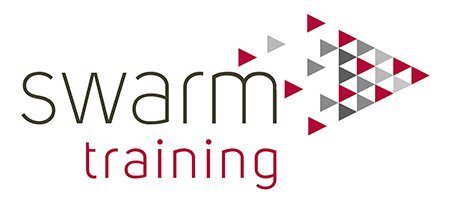Changing Career
Last week I delivered a Personal Development workshop to our apprentices on Personal Branding and Career Pathways. It was great to see so many new and old faces!
Preparation
Having a well-defined personal brand is important as it helps build trust and credibility, can lead to more opportunities, and makes us stand out for the right reasons.
As everyone in the workshop agreed, a personal brand is built on our strengths, our values, and our positive contribution to the world; it is the impression we leave on people. As Jeff Bezos ( Founder and CEO of Amazon.com) says ‘’Branding is what people say about you when you are not in the room’’
Ryan Rhoten recommends a 4-step approach DICE to create your brand: Discover, Integrate, create content, and engage.
To develop your brand ask yourself these questions:
What makes me stand out?
What makes me compelling?
How do I know I am successful?
What’s my ultimate career goal?
Who makes up my support system?
What’s my favourite way to communicate?
By using the SMART goals acronym ( Specific Measurable Attainable Relevant Time-bound) you give yourself a better chance of achieving personal objectives.
For example, I’d like to discover my brand ( specific) as I’m changing careers ( relevant to me). By the end of the month (Time-bound) I would have answered all the questions ( measurable) necessary to uncover it and ask myself one last question: is it achievable? ( attainable)
Networking events online and in person are a great way to promote your brand. Preparing and engaging professionally, honestly, and genuinely can do wonders in promoting your brand.
Application
During our workshop we examined what makes a good CV.
As someone who has worked in recruitment for 15 years and has read a lot of CVs I stand by the advice below. According to National Careers Service when writing your CV remember to:
research the company and the job before you start
choose a CV style that fits your situation or one that employers in that sector prefer
use a clear font like Arial, Times New Roman, or Calibri, size 11 or bigger. Always use the same style throughout
use headings, bullet points, and spacing to break information up to make it easier to read
keep it to 2 sides of A4 ( if possible)
be clear and to the point
match the words you use to the keywords in the job description
get someone else to read it, and double-check your spelling and grammar
Detail your previous jobs, where relevant. From my experience as a recruiter, any hiring manager would understand that some career paths are not as linear as others so it is absolutely fine to take a few side steps, as long as you explain it clearly. Lastly, provide an explanation for any gaps in your work history longer than 3 months.
Interview
At the interview stage my advice would be to reflect on the skills in the job description and try to come up with examples from current or previous roles to demonstrate them. Using the STAR technique is a great way to do that.
Briefly describe the Situation or background to your example
Explain the Task or activity
Outline the Action you took
Summarise the Result
Remember STAR technique can also be used for your End Point Assessment when you get asked for examples to demonstrate the core behaviours. Remember to talk about you and your role, not the team.
Speak to any of our specialist tutors about your training needs. Standards Swarm Training offers include: HR, Recruitment, Sales, Marketing, Customer service, Retail, Management, Administration, Accounts, Payroll, Business Improvement, Project Manager, and others.
Author, Teo Apan, HR Specialist.
